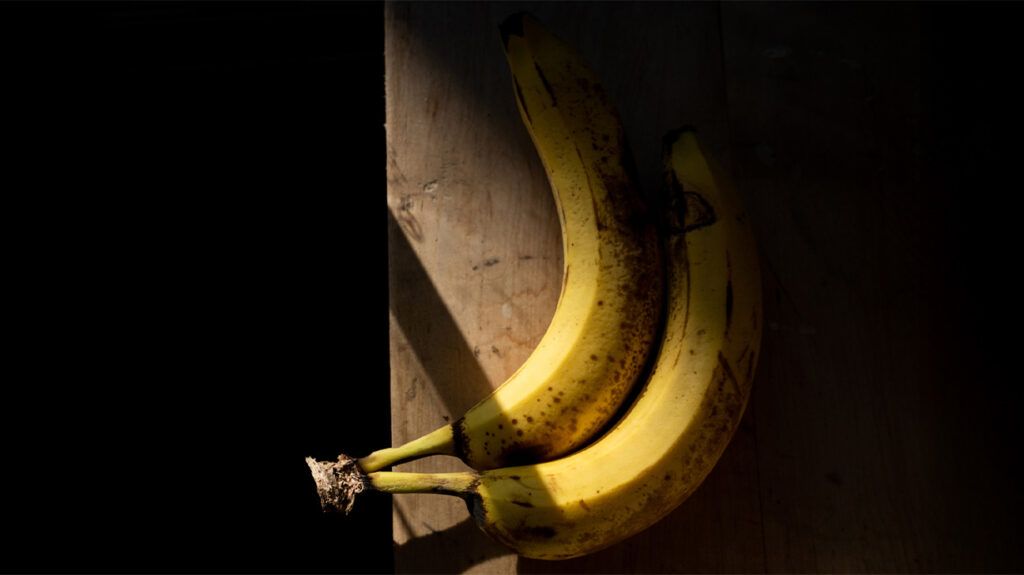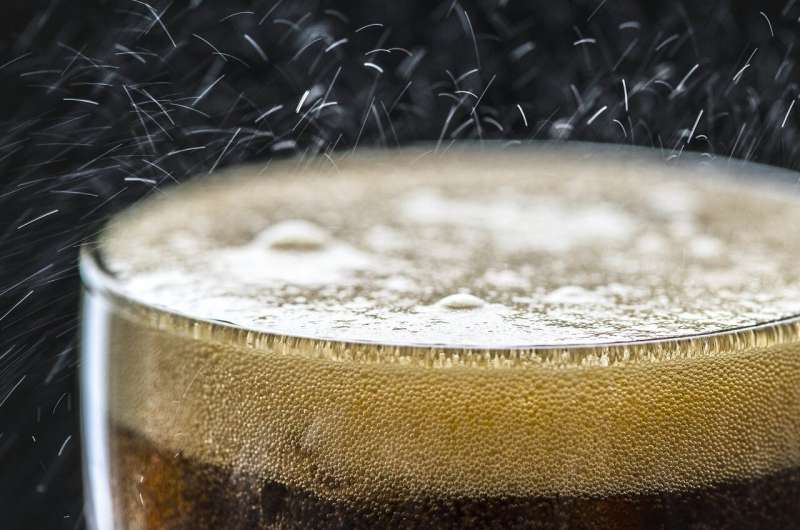Eating More Potassium and Less Salt: A Key Strategy for Blood Pressure Management

# Eating More Potassium and Less Salt: A Key Strategy for Blood Pressure Management

High blood pressure, or hypertension, affects over 1.2 billion adults worldwide and increases the risk of cardiovascular diseases like stroke, heart attack, kidney disease, dementia, and hypertensive retinopathy. While reducing salt intake is a common recommendation, recent research suggests that increasing dietary potassium may be even more effective.
A new study published in the *American Journal of Physiology-Renal Physiology* highlights that a higher ratio of potassium to sodium in the diet can lower blood pressure more effectively than salt reduction alone. Researchers used gender-specific models to understand how balancing electrolytes impacts various body systems, including the kidneys, cardiovascular, gastrointestinal, and nervous systems.
Dr. Anita Layton from the University of Waterloo emphasizes that our modern diet has drastically shifted from our ancestors, with much higher sodium and lower potassium levels. She states, "Encouraging the kidneys to excrete more sodium through increased potassium intake could have a significant effect on blood pressure."
The study further found that, especially in men, increasing potassium intake helps the kidneys excrete more sodium, contributing to blood pressure reduction. Layton suggests that future research should explore these effects in older populations, who are more prone to hypertension.
Experts like Dr. Cheng-Han Chen of MemorialCare highlight that dietary modifications—adding potassium-rich foods like bananas and broccoli while reducing sodium—are practical and impactful strategies for lowering blood pressure.
For those looking to boost potassium intake, dietitian Monique Richard recommends diversifying sources beyond bananas to lentils, potatoes, tomatoes, leafy greens, and foods rich in nitrates such as beets. She also advises reading labels carefully to manage sodium intake and working with healthcare professionals to optimize dietary balance.
In summary, increasing your intake of potassium-rich foods and reducing sodium consumption can be a powerful, natural way to manage hypertension and improve overall cardiovascular health.
Stay Updated with Mia's Feed
Get the latest health & wellness insights delivered straight to your inbox.
Related Articles
Dietary Fatty Acids Can Enhance Immune Cells' Cancer-Fighting Abilities
Research shows that dietary fatty acids like oleic acid can boost immune cells to better fight cancer, while others like palmitic acid impair their function. Simple dietary changes may improve cancer treatment outcomes.
Do Children Really Need Vitamin Supplements? A Closer Look
Most children do not need vitamin supplements if they have a balanced diet. Proper nutrition from a varied intake of foods is sufficient, while unnecessary supplementation can pose risks. Learn more about children's nutritional needs and dietary strategies.
Supermarket Promotions for Infant and Toddler Foods Do Not Align with Dietary Recommendations
Research finds that supermarket promotions of baby and toddler foods often promote products that do not align with national dietary guidelines, raising concerns about early childhood nutrition and marketing practices.
Link Between Ultra-Processed Foods and Increased Risk of Chronic Diseases
New research shows that even moderate consumption of ultra-processed foods like processed meats, sugary drinks, and trans fats can significantly increase the risk of chronic diseases such as diabetes, heart disease, and colorectal cancer.



